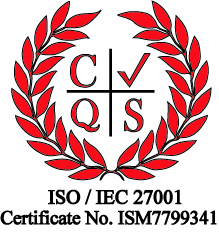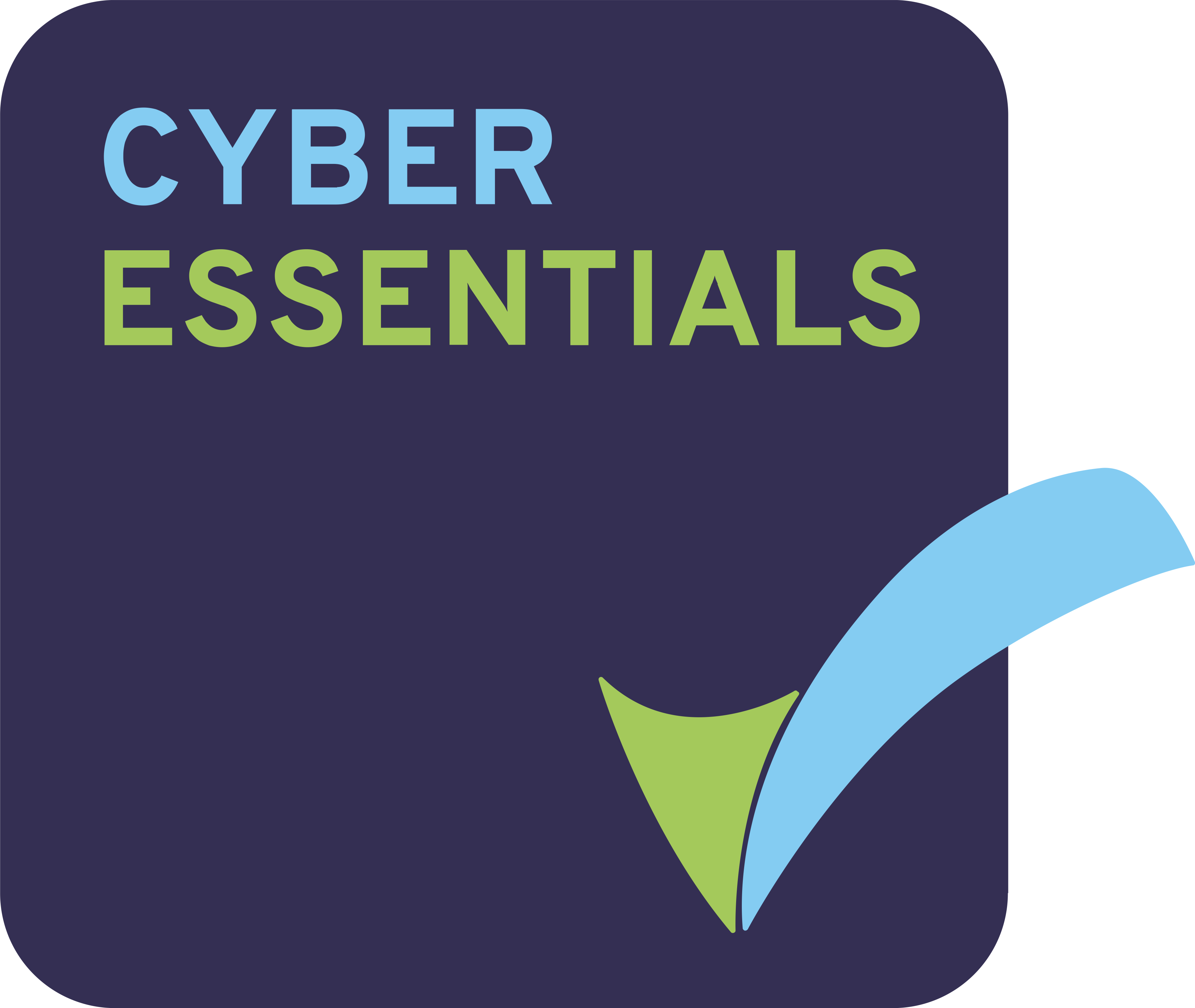In today’s digital landscape, managing access to organisational resources efficiently and securely is critical. The backbone of any Identity and Access Management (IAM) solution is Role-based Access Control (RBAC), RBAC utilises a user’s role to automatically determine their entitlements to resources.
However, not every entitlement can be determined in this way. Users in similar roles may have different needs depending on the specifics of their work. These can be difficult to predict and manage within an RBAC system, resulting in a lack of agility.
Resource access request and approval workflows, when optimised through Identity and Access Management (IAM) solutions, play a pivotal role in ensuring both operational agility and robust security.
Common Challenges of Manual Access Approvals
Organisations relying on manual processes for access requests face several challenges:
- Delays: Manual workflows often involve back-and-forth communications and human dependencies that slow down approvals, hindering productivity.
- Security Risks: Inconsistent or incomplete reviews of access requests can result in unauthorised access, exposing sensitive data and systems to potential breaches.
- Lack of Visibility: Without centralised tracking, organisations struggle to maintain clear records of who has access to what, leading to poor governance and compliance issues.
- Inconsistent Policy Enforcement: Manual processes often lead to inconsistent application of access policies across the organisation. This can result in some departments or individuals having overly permissive access, while others face unnecessary restrictions.
These challenges underline the need for automated IAM workflows to streamline and secure resource access processes.
Key Stages in Access Request Workflows
An effective IAM workflow for resource access requests typically includes the following stages:
- Submission: Users initiate a request , specifying the resources they need access to and the purpose of the request.
- Verification: The system validates the request against predefined policies, ensuring the requester’s eligibility and checking for potential conflicts or risks.
- Approval: Designated approvers, such as managers or resource owners, review and authorise the request.
- Provisioning: Once approved, the IAM system automatically grants access, leveraging integration with directories, applications, and resource systems.
- Auditing: Every step of the workflow is logged for review, ensuring compliance with regulatory requirements and enabling periodic audits.
- Access Review: Implement regular access reviews where managers or resource owners verify the continued need for previously granted access. This helps maintain the principle of least privilege and ensures access rights remain current.
- Deprovisioning: When access is no longer required (due to role changes, project completion, or employee departure), the IAM system automatically revokes access rights and updates relevant systems.
Able+ offers three approaches to implementing access request workflows.
- Using MyResources to Manage Access Requests
- Using ITSM Integrations and IAM Workflows to Manage Access Requests
- Using Webforms and IAM Workflows to Manage Access Requests
Each approach is different, so we’ll look at these in turn.
Using MyResources to Manage Access Requests
Able+ provides a centralised portal, called MyResources, that provides users with a view of their resource entitlement.
Users can find for other discoverable resources using the embedded search function, and request access.
An approver is notified of the access request, either by email or the internal notification system, and prompted to accept or reject the request.
The user’s entitlement can be seen in the resource’s configuration page.
This approach is best suited to resources that only require a single approval. This is sufficient for many scenarios, but sometimes the business requires more complex approval logic.
Using ITSM Integrations and IAM Workflows to Manage Access Requests
Integrating IAM workflows with IT Service Management (ITSM) systems enhances efficiency and accuracy. Key benefits include:
- Streamlined Operations: Linking IAM workflows with ITSM platforms and ticketing tools provides end-to-end visibility and eliminates the need for duplicate data entry.
- Improved Compliance: Unified systems create a centralised repository of access logs, simplifying compliance reporting and audits.
- Enhanced User Experience: Automating routine tasks and reducing manual intervention accelerates the approval process, delivering a smoother experience for end-users.
- Risk Reduction: Integrated systems enable real-time access adjustments based on user status changes, reducing the window of opportunity for unauthorised access and minimising security risks.
Able+ can be integrated with ITSM platforms, with ticket actions and data used to populate IAM workflows. The screenshot below shows a workflow that is triggered by new data from an ITSM integration. The workflow implements customer business logic including automated eligibility, manual approvals, and notifications.
This approach is best suited to organisations that already have a mature ITSM system. It enables the organisation to offer a single access request to its users, while consolidating the approvals business logic within IAM workflows.
Using Custom Webforms and IAM Workflows to Manage Access Requests
As well as ITSM systems, workflows can also be connected to custom webforms. The webforms are designed and hosted within Able+, enabling the organisation to avoid a dependency on a third-party system.
This approach is best suited to organisations that don’t have an appropriate ITSM system, or don’t wish to make it available to every end user. It enables the organisation to offer an attractive and intuitive access request interface that is fully integrated with the IAM solution.
Conclusion
IAM workflows revolutionise resource access request and approval processes by addressing the inefficiencies and risks of manual methods. By automating key stages and integrating with ITSM systems and webforms, organisations can achieve faster approvals, tighter security, and improved compliance. Embracing IAM workflows is not just a technical upgrade but a strategic move towards operational excellence and fortified security in the digital age.

 Australia
Australia Canada
Canada LATAM
LATAM New Zealand
New Zealand UAE
UAE United States
United States








